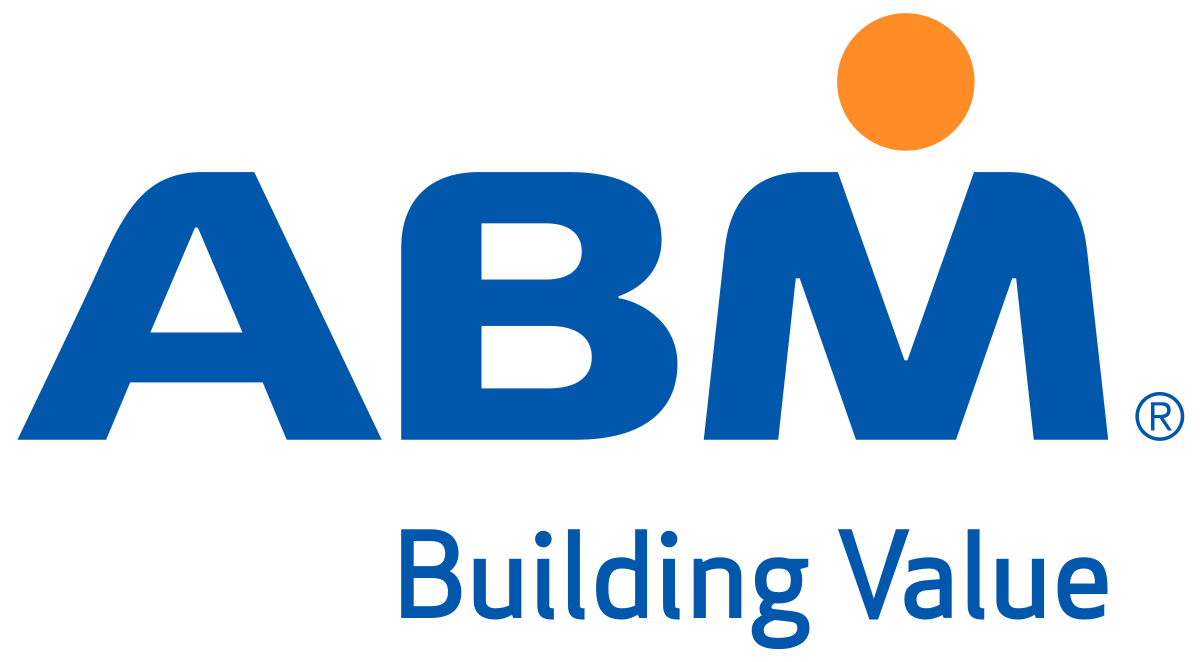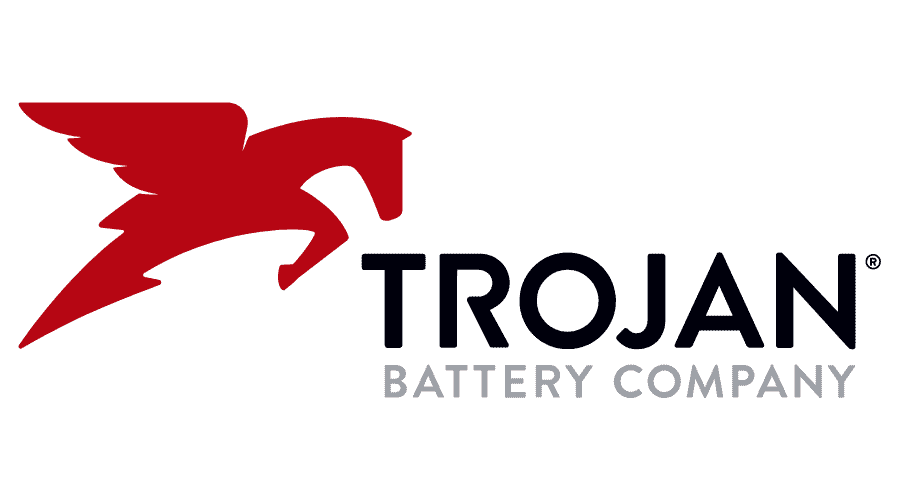August 13, 2022 — The Safety-First Credit from the U.S. Green Building Council’s LEED Rating System recommends using adenosine triphosphate (ATP) monitors to measure cleaning performance.
As many cleaning professionals know, ATP is an energy molecule found in all plants, animals, and microbial cells. All organic matter, living or not living, contains ATP. This includes bacteria, mold, and microorganisms.
 Steve Ashkin, founder of The Ashkin Group and a leading advocate for green cleaning and sustainability in the professional cleaning industry, explains:
Steve Ashkin, founder of The Ashkin Group and a leading advocate for green cleaning and sustainability in the professional cleaning industry, explains:
What is most important for us to know is that the detection of ATP on a surface indicates the presence of biological matter. In the cleaning world, this is a “red light” that potentially health-risking pathogens are on a surface.
While ATP monitors are one of the most reliable indicators we have to measure cleaning performance, “to take advantage of this technology, we need to ensure our [surface] sampling skills are up to par,” notes Ashkin.
To do this, Ashkin provides the following five tips:
- Soil distribution on a surface can vary. If there are concerns about the health of a surface, conduct several tests in the same general location.
- Assessing a surface area of a minimum of about four inches by four inches is recommended.
- After swabbing a surface, place the swab in the luminometer that comes with the system, gently shake it from side to side for a few seconds, and close the lid within one minute.
- The ATP monitor will report the amount of contamination on a surface. A high reading, indicating a large amount of ATP, means the surface must be cleaned or recleaned; a low rating indicates the surface has been adequately cleaned or does not need further cleaning.
- Proper training is mandatory and often works best when several cleaning workers are taught simultaneously. In a group, they may raise questions that others are also wondering about.
Ashkin adds:
Additionally, an effective ATP monitoring program requires first identifying areas in a facility that need to be regularly evaluated. Bring in a [jansan] distributor to help with this. Their “fresh eyes” will uncover test areas that everyday facility users may overlook.
For more information and tips on green cleaning, visit the Ashkin Group website. The internationally recognized consulting firm works to “green” the professional cleaning industry. Their expertise is utilized by governments, policy makers, advocates, building owners, property management companies, labor unions, trade and professional associations, manufacturers, service providers, and janitorial product distributors worldwide.





